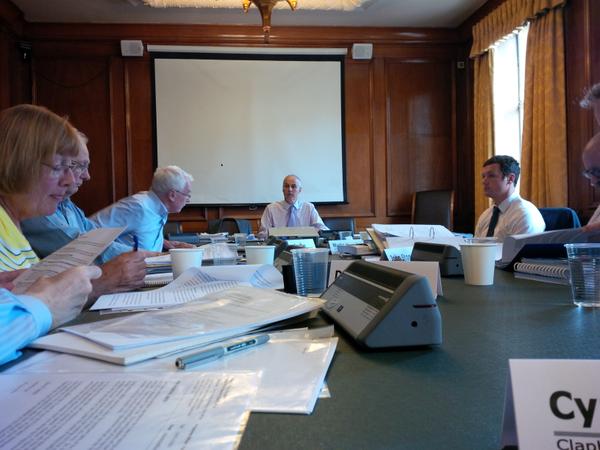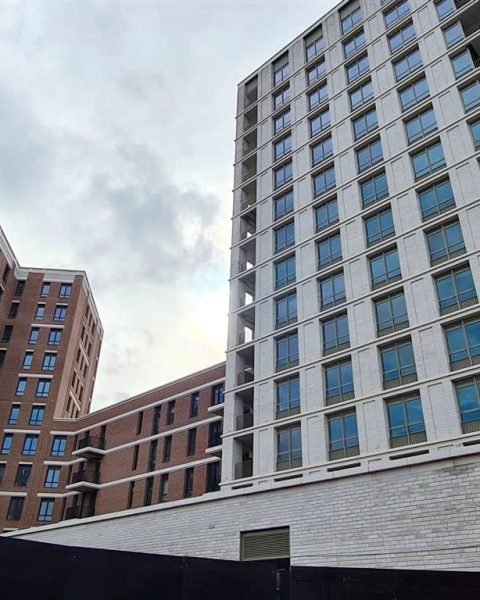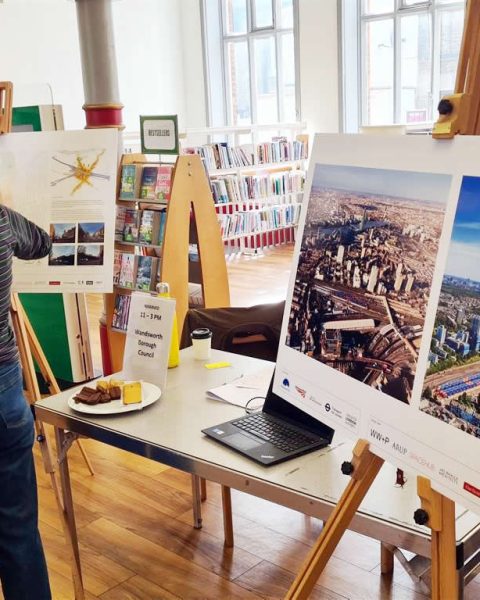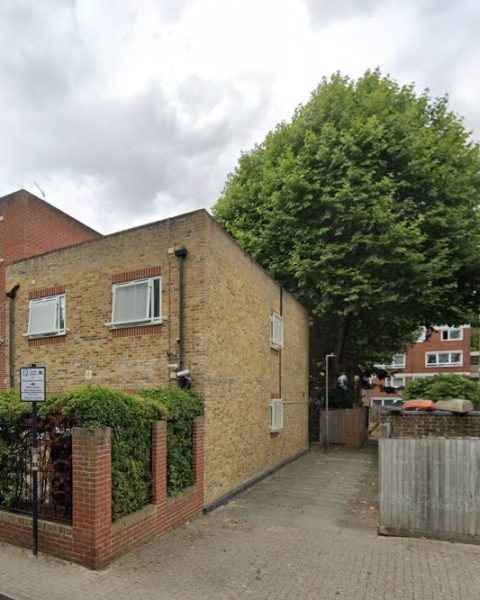CJAG has submitted a response to the consultation on the draft Local Plan for Wandsworth. We found the new local plan to be quite disorganised, with some striking misleading parts with political bias. But most importantly, although the team of officers worked for 2 years on the document (giving us 8 weeks to review it!), the site specific analyses are lacking major details, not taking into account local context and some important sites have just been ignored.
The Battersea Society, the Putney Society, the Wandsworth Society, the Clapham Junction Action Group, and some other community forums and resident associations have built for many years (sometime for many decades) a deep knowledge of their area. Those groups have shown interest to exchange with the council on planning matters (as demonstrated in their participations to the semi-annual Planning Forum organised by the Council). We have asked to be more involved in planning procedure and CJAG submitted in 2018 a list of suggestions for reforms. As such, the Wandsworth Society commented:
“We believe the issues raised cover important aspects of the relationship between local societies and Council planners. We would welcome a better dialogue with officers.”
A missed opportunity
With the global pandemic and the COVID restrictions, we acknowledge that the information necessary for the different sites considered in the Local Plan might have been more difficult to collect. Therefore, why not contacting the local community bodies? Why not building a strategy to – with some regularity – exchange ideas with those groups to redact a more efficient document? Why not take the opportunity of the lockdown time to organise video-call to discuss the sites with local groups, as it was not possible to go and visit in person?
Instead, most of the site analysis has no substance and could have been written by any intern (no-offense) without any knowledge of the area. A very close result to what a computer generated program could achieve with a bit of historical data (examples HERE).
Wandsworth decided to allow only the minimum consultation on their draft
Formal consultation on Local Plan must held in accordance with Regulation 18 of The Town and Country Planning (Local Planning) (England) Regulations 2012 which sets out what Local Planning Authorities are required to do in relation to the preparation of a Local Plan. Although there is no specific duration for such consultation, the common practice is to allow a 12-week period (sometime more). For example, the draft new London Plan (525 pages) was published in December 2017 and was followed by a three-month consultation; the draft Local Plan for the London borough of Haringey was initially set to last for 11 weeks, however they notified of an extension of the consultation period for an additional 4 weeks (for a total of 15 weeks) explaining:
“We note that it has been a particularly challenging time to respond to a consultation so we have left our dedicated engagement website open for comment until 1 March 2021.”
We fail to understand why Wandsworth has refused to consider the constrained expressed by CJAG and seconded by the Battersea Society at the Forum meeting on 20 January 2021, clearly stating that even with the pandemic and lockdown affecting the country, only 8 weeks were allowed for unpaid volunteers in community groups to scrutinize the dense 416 pages of the Local Plan, the 163 pages of the new Sustainability appraisal and the 26 policies maps. And not even considering the 152 pages of the dense Issues Document Consultation Statement that need to be compared to seek responses from the planners to previous comments.
A disorganised document, filled with meaningless concepts and lack of structure
In our general comment we said:
“A majority of section 2 Strategic Context, Vision and Objectives appears to be a mix of political agenda and wishful thinking.”
We were puzzle by the structure of the plan, choosing to start with what we consider a long political pledge, and immediately after moving to specific area strategies. Global policies such as Housing, Transport and Economy are addressed later in the document.
The Battersea Society made a similar comment, saying:
“Our core concern is that the Plan as currently drafted is poorly structured, inconsistent and incoherent, and does not represent a proper basis on which to determine policies and strategies for the next fifteen years. Significant changes will be required before it can meet the requirement of the National Planning Policy Framework (NPPF) that it should contain policies that are clearly written and unambiguous, demonstrate how they address relevant economic, social and environmental objectives, and avoid unnecessary duplication of policies.“
The officers have decided to base the local plan on the concept of “Smart Growth”. It is appealing, who doesn’t like what is smart?
However, is the aim of the Local Plan to resemble a political manifesto with objectives such as “Providing the best start in life“, “Helping people get on in life” or “Encouraging people to live healthy, fulfilled and independent lives” (I could not find “make people happy“, but it must be there), or is it to provide a framework to meet the housing, retail and amenity, employment and other needs that have been identified in the vision for the borough?
Moreover, was it necessary to import American jargon (the term “Smart Growth” is particularly used in North America) to describe a concept most well known in Europe and particularly in the UK as “compact city”, “urban densification” or “urban intensification”? Instead of adding more confusion, we would have like the officers to define more accurately the “vision” expressed for the borough of Wandsworth.
Where is the justification for using this American jargon (the term “Smart Growth” is particularly used in North America), which translate in British English as “intensive development” does seem to bring confusion to the paragraph? Smart growth seems redefined by Wandsworth planners as the ideal place to live (using all superlatives such as “greenest” and “best place”). It seems obvious that nobody would promote a dystopian vision where it would deliver a bad start of life, in polluted and unsustainable areas, where business is dying. Therefore, instead of twisting an American expression, we would have like to read a more accurately definition of the “vision” expressed for the borough of Wandsworth.
The Battersea Society wrote:
“It is difficult to see how, if at all, the various strategies, objectives, goals and targets set out in Sections 2.35-2.55 – among others, for example, relating to environment and sustainability, transport, or health and well-being –relate to the overall goals and the environmental, social and economic objectives identified under the “Spatial Vision”. Nor is it clear how those goals and objectives relate to the more specific themes and principles identified for Placemaking, Smart Growth, and People First; or to the individual Area Strategies; or to the 62 policies set out in the rest of the Plan.”
The first two sections of the plan can be ignored as they constitute no more than a series of likeable concepts that nobody would disagree with (except if you particularly like dull environment, difficult life and polluted areas). Then follow the area strategy sections, which are specific analysis, that gives guidelines on the desirable transformation (and conservation) of a site for landowners and developers. Only after having overseen the specific sites for 200 pages, the officers present the general policies… that should actually direct the previous site analysis!
Once again, we agree with comments from the Battersea Society:
“There is no attempt to link the policies and objectives for each of the nine area strategies to the fourteen themes and principles. Hence it is impossible to judge whether the policies are in line with the Council’s overall Placemaking strategy and objectives.”
As we said, it appears that the lack of link between policies and objectives for the sites is actually because the sites (the most important part of the Local Plan) have not really been thought through.
Specific comments on Clapham Junction sites
We note that the Government has recently directed TfL to cease all work on Crossrail 2 beyond protecting its designated sites. Therefore it is unlikely that any major redevelopment of Clapham Junction station will happen in the interim, which should constraint all developments in the foreseeable future.
It does not mean that there is no potential for new development, including intensification and more density. But the Council should first concentrate on regaining the trust they lost, and elaborate a strategy in line with the aspirations of the community, unlike what is currently promoted.
We do not accept the naming of Clapham Junction as “a nascent Opportunity Area” unless the surrounding area is impacted by Crossrail 2.
We suggest amendments acknowledging that the area is sensitive and that new developments will need to reach endorsement from the local community.
Conclusion
All community groups have provided a considerable effort with maximum time constraint imposed by the Council to respond to this consultation.
Time is our most valuable asset, it can never be recovered, recycled or otherwise returned to us once spent. Why is this important, you ask? Because the process involved in attempting to exercise our democratic rights through due process seems to have a been great waste of time in the past. Time that could have been spend in more fruitful attempts at enhancing the comfort and value of our lovely borough.
However, we have great faith and aspiration and once again, we have dedicated much time in preparing this submission, in the hope that it will receive proper consideration and result in substantive changes in the Council policies.


















